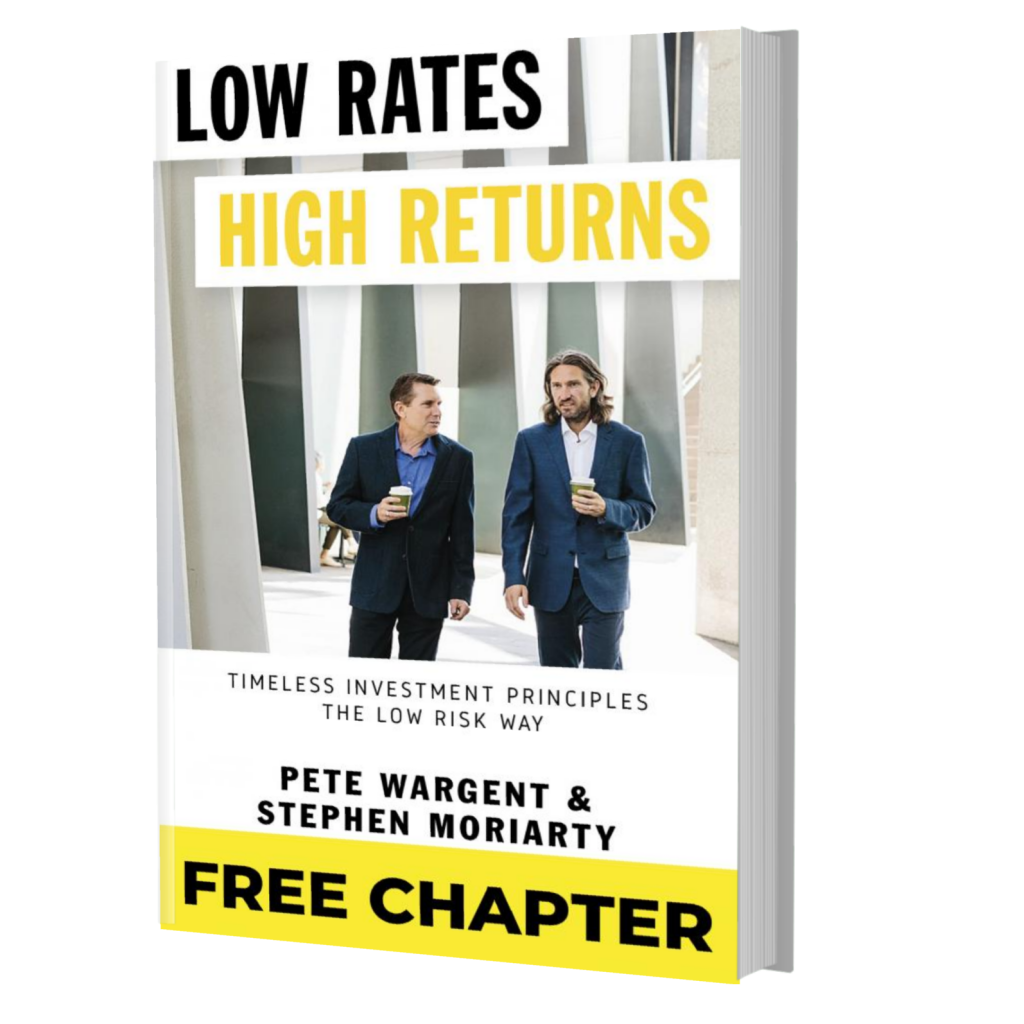At the carwash
With admittedly modest success I’ve been encouraging my toddler daughter to undertake household chores, to give her an opportunity to double per pocket money and hopefully draw a few positive associations between work and money.
One of her ‘favourite’ jobs is washing the car, though unfortunately I bust the nozzle on our hosepipe a few months ago.
I’ve tried to show her how to increase the power of the spray by plugging a thumb over the end of the pipe, though reached an abrupt dead end when trying to explain the physics behind why this works…it just does!
Liquidity: the oxygen of finance
There’s a famous business and investing analogy which says that liquidity is like oxygen: you don’t notice is when it’s in abundance, but you really notice when it’s no longer available.
Buffett once said that “to finish first, you must first finish”, and that having plenty of liquidity allows him both to sleep well and to take advantage when others are struggling to survive.
One definition of liquidity is how easily or quickly you can convert your investments to cash.
Cash is the most liquid asset, and it delivers low returns – which, handily, are uncorrelated to stocks – because investors have historically been prepared to sacrifice returns for the perceived safety.
Cash becoming trash
Plenty of households have received stimulus payments over the past year but many are looking to move away from the dismal returns of cash, fearing that real inflation may be higher than official measures.
The flows of money can be a little bit like water, and I doubt it’s entirely accidental that financial markets use terms such as ‘plumbing’ in relation to repo and bank deposit markets, or ‘turning on the taps’ when central banks deploy stimulus.
When you shrink a hosepipe and apply the same level of water pressure, the spray can travel plenty further, and so it is in financial markets.
Over the past few months taking more risk has in many cases resulted in making a lot more money, such as in microcap stocks, which have absolutely exploded since March.

It should go with out saying that chasing these types of returns typically entails a greater risk, especially where there’s little liquidity in the market in question…but it’s been a truly spectacular run.
Property shifts
Real estate is often an illiquid asset, which can be difficult to buy or sell quickly.
For some, that’s seen to be a benefit, forcing market participants to take a longer-term outlook; but it can also be a challenge if you need to liquidate quickly, especially in the case of a leveraged investment.
Partly due to the global pandemic, there was a sudden swing towards Australia’s regional property markets in 2020, some of which saw a surge of buyers competing for a tiny supply of available stock (particularly in some of the coastal regions of New South Wales and Queensland).

There’s not been much sign of that slowing down yet either, as low interest rates bring more buyers into the market, and indeed capital city prices are now rising too, with especially strong results in the second tier capitals.
Uplifting news for property bulls, no doubt…just remember that to finish first, you must make certain that you first finish!






